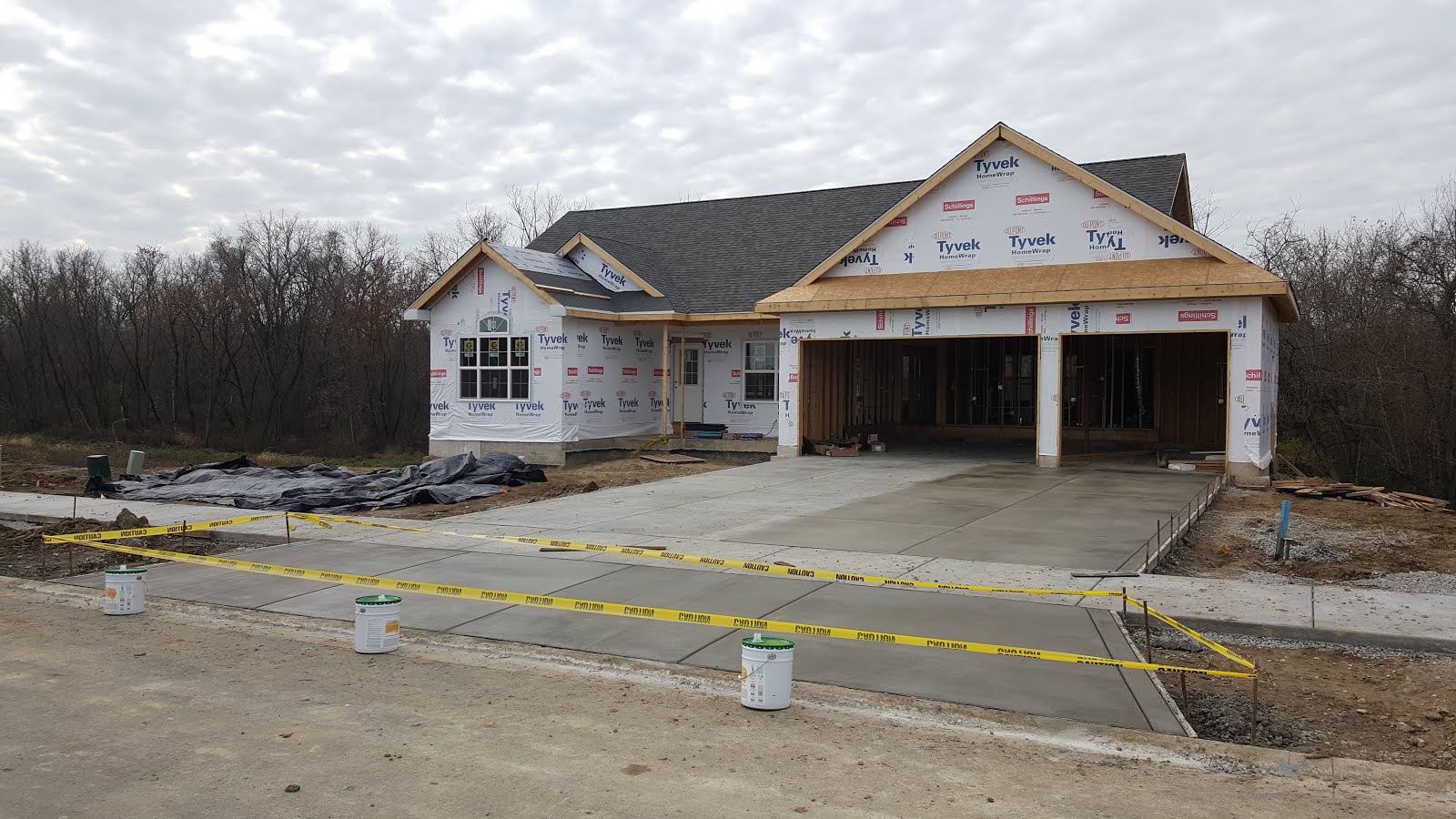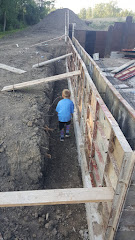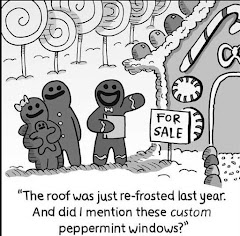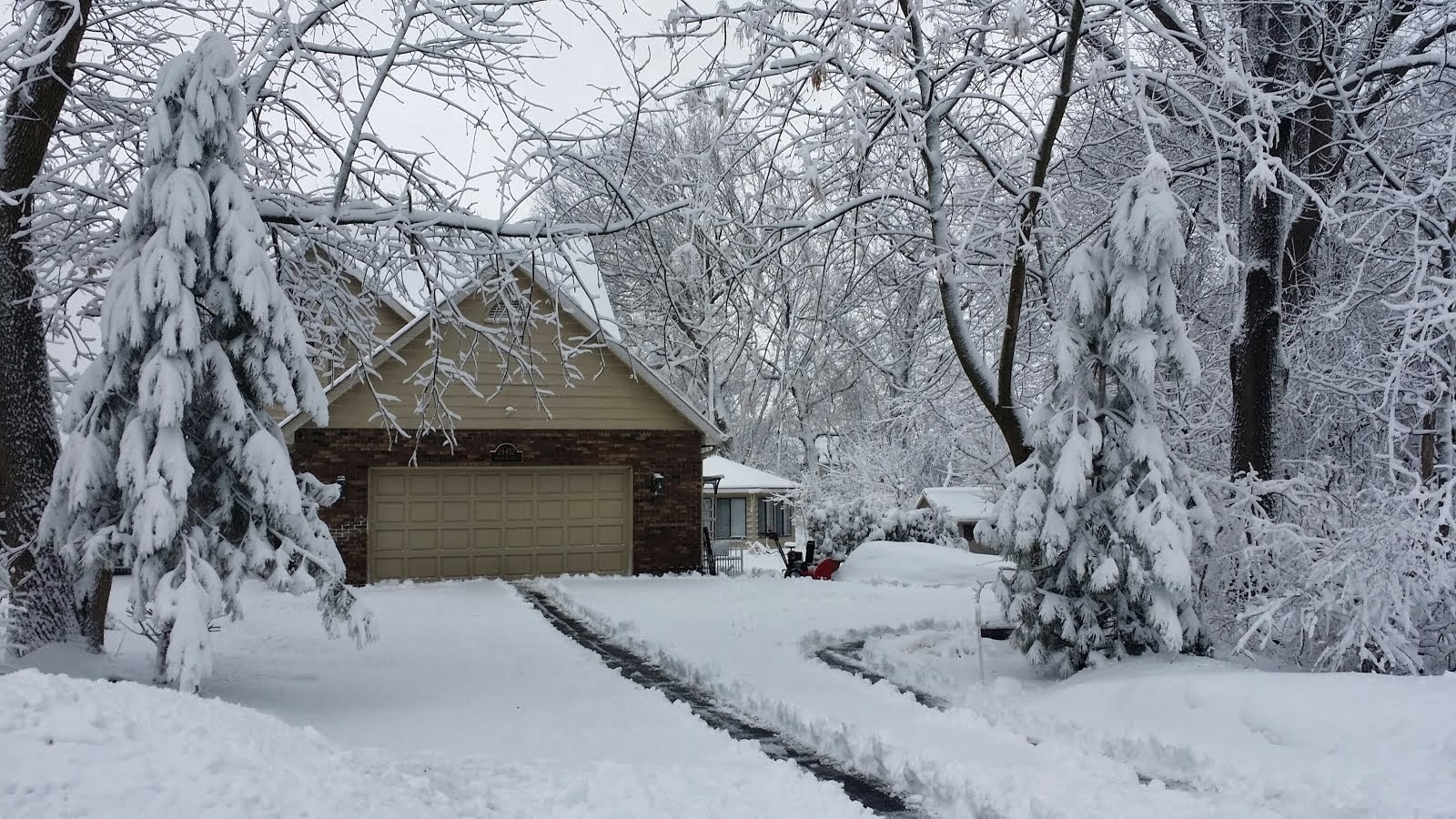We are about half way through 2012. How is the market doing compared to last year?
Based on our personal sales, Illinois & Indiana included, our sales are up 35%.
We feel our increase in sales is due to our thorough marketing on the Internet.
90% of the buyers look for homes on the Internet. With our variety of features such as Picture slide shows, Virtual tours, Video tours & interactive maps, statistics show our listings are getting more views. More views lead to increased sales. Plus, Coldwell banker spends big dollars to ensure your home is on every single major home search site, with all of our listings at the top of all search lists.
The seasonal slowdown occuring right at schools end has kicked in. We are expecting sales to increase significantly after the July 4th holiday. Last year, after the holiday, sales surged!
Based on data from the Multiple Listing Services, almost all towns In Illinois & Indiana, just West & East of the border experienced increased sales in 2012 compared to the same dates in 2011. But, all these Towns in Illinois have shown average Sales prices down. Remember, this includes foreclosures, so exact decreases are hard to measure.
Most towns in Indiana showed increases in Home prices in 2012 compared to 2011.
Just for comparison, Orland Park sales were also up, but average home prices were also down. Orland park is always on the list of popular towns to live in.
With the economy improving, gas prices & interest rates low, and buyers wanting to buy homes at great prices, there is every reason to believe that Home sales will continue to increase. Hopefully in the near future, this demand will not only cause a rise in home sales, but also a rise in Home values!
Thursday, June 28, 2012
Friday, June 22, 2012
Q: I'm thinking of selling my home, and know my carpet, tile and other
rooms need updating. Is it best to do it now or give an allowance on the selling
price for these upgrades? The same with appliances?
A: Ahh, the age-old, existential question faced by buyers and sellers since time eternal: update or credit? There are dozens of ways to weigh the pros and cons of this dilemma. Some would have you do some complicated mathematical analyses to calculate whether the return on the investment is worth it, compared to the assumed incremental marketing power of offering your home at a lower price.
I, for one, think that addressing these sorts of questions mathematically is impossible to do without taking on a boatload of error-prone assumptions. That's because what does and doesn't work with buyers is not necessarily logical or calculable, nor are some of the other factors you should account for as you make this decision. My vote is that you should at least consider replacing some or all now, but only after you get input from your Realtor.
Here are the three primary factors underlying my recommendation:
1. If you're not yet 100 percent sure you're selling, replacing them now allows you to enjoy the upgrades. So many sellers, and I include my younger self, tend to make the upgrades and updates they've long dreamed of only when they're planning to move, missing out on the ability to enjoy the home in its best shape. And that's a shame. For that matter, it is not at all uncommon for home sellers to see their spruced-and-staged property and wonder why they decided to move in the first place!
In the interest of maximizing the enjoyment you get out of your home and your life now, you should at least consider updating these items if you can afford to, and enjoying them as long as you can before you do decide to sell the place, taking extra special care to live lightly on them in the interim.
2. Replacing them now might boost your home's chance of selling more than a price discount. When a home is in need of the updates you mention, it may -- simply put -- show poorly. And buyers simply like homes that look move-in-ready. Some won't even consider fixers, and I've even seen some die-hard amateur handypersons be tempted with the allure of a polished, freshly updated home (and the work-free weekends it promises).
If a few thousand dollars in basic updates and appliances makes the difference between your home showing like a fixer-upper and showing like a showplace, doing the updates before you list the place can be the difference between it selling or not -- period.
3. Replacing them yourself might be more cost-effective. Buyers almost always overestimate what things like carpet, paint and appliances will cost, so they might scoff at whatever you offer as too little, and request a bigger credit or discount than you had planned On the other hand, if you have the items replaced yourself, you can be as aggressive as you want to be in terms of shopping around, getting deals, doing the painting yourself, hitting up the appliance outlets or calling in favors with any vendors or contractors you or your agent might know.
If the work is done well and the outcome is beautiful, depending on your local market dynamics, putting a well-prepared, updated home on the market may even position you to get more than one offer (and a better price, to boot).
There's no one right answer to this question for every homeowner. Some may not have the money, or may be in a hot enough market that buyers bite on every listing. But my experience has led me to generally prefer putting a polished property on the market over a discounted cosmetic fixer every time.
Do as much updating as your budget allows while you own the home. You may wake up one morning and say, I am going to sell my home! You dont want the financial burden of getting your home ready for sale at the last minute. Remember, Sharp, Updated homes sell better than average, non- updated homes
A: Ahh, the age-old, existential question faced by buyers and sellers since time eternal: update or credit? There are dozens of ways to weigh the pros and cons of this dilemma. Some would have you do some complicated mathematical analyses to calculate whether the return on the investment is worth it, compared to the assumed incremental marketing power of offering your home at a lower price.
I, for one, think that addressing these sorts of questions mathematically is impossible to do without taking on a boatload of error-prone assumptions. That's because what does and doesn't work with buyers is not necessarily logical or calculable, nor are some of the other factors you should account for as you make this decision. My vote is that you should at least consider replacing some or all now, but only after you get input from your Realtor.
Here are the three primary factors underlying my recommendation:
1. If you're not yet 100 percent sure you're selling, replacing them now allows you to enjoy the upgrades. So many sellers, and I include my younger self, tend to make the upgrades and updates they've long dreamed of only when they're planning to move, missing out on the ability to enjoy the home in its best shape. And that's a shame. For that matter, it is not at all uncommon for home sellers to see their spruced-and-staged property and wonder why they decided to move in the first place!
In the interest of maximizing the enjoyment you get out of your home and your life now, you should at least consider updating these items if you can afford to, and enjoying them as long as you can before you do decide to sell the place, taking extra special care to live lightly on them in the interim.
2. Replacing them now might boost your home's chance of selling more than a price discount. When a home is in need of the updates you mention, it may -- simply put -- show poorly. And buyers simply like homes that look move-in-ready. Some won't even consider fixers, and I've even seen some die-hard amateur handypersons be tempted with the allure of a polished, freshly updated home (and the work-free weekends it promises).
If a few thousand dollars in basic updates and appliances makes the difference between your home showing like a fixer-upper and showing like a showplace, doing the updates before you list the place can be the difference between it selling or not -- period.
3. Replacing them yourself might be more cost-effective. Buyers almost always overestimate what things like carpet, paint and appliances will cost, so they might scoff at whatever you offer as too little, and request a bigger credit or discount than you had planned On the other hand, if you have the items replaced yourself, you can be as aggressive as you want to be in terms of shopping around, getting deals, doing the painting yourself, hitting up the appliance outlets or calling in favors with any vendors or contractors you or your agent might know.
If the work is done well and the outcome is beautiful, depending on your local market dynamics, putting a well-prepared, updated home on the market may even position you to get more than one offer (and a better price, to boot).
There's no one right answer to this question for every homeowner. Some may not have the money, or may be in a hot enough market that buyers bite on every listing. But my experience has led me to generally prefer putting a polished property on the market over a discounted cosmetic fixer every time.
Do as much updating as your budget allows while you own the home. You may wake up one morning and say, I am going to sell my home! You dont want the financial burden of getting your home ready for sale at the last minute. Remember, Sharp, Updated homes sell better than average, non- updated homes
Thursday, June 14, 2012
10 Home Improvement Myths

Not all home improvements are created equal. Even in a seller’s market, it’s important that homeowners make the right investments that will yield higher returns. As you guide your clients toward a profitable sale, make sure you’re an expert on the top 10 home improvement myths so you can prevent your clients from believing them.
While many remodeling projects will add value to a home, some can be seen as a negative by future buyers. For instance, combining two smaller bedrooms to create one larger bedroom may better fit one homeowner’s lifestyle today, but it may cause the home to lose value in the eyes of a future buyer who needs the two separate rooms.
2. Buying the highest-quality materials attracts more buyers.
Installing high-end materials may seem like a wise decision, but it can backfire. For instance, using the most expensive tile in a bathroom may create an impressive appearance, but value-conscious buyers may opt for a more affordable home if the seller has over-improved compared to others in the neighborhood.
3. Adding square footage always adds value.
A better way to think about this statement is to insert the word useable into the sentence. Finished attics and basements – even if considered liveable by local standards – may not be attractive to a buyer if they are not finished to the same standards as the rest of the home.
4. Colors and textures – safe and simple is better.
Keeping a home “vanilla” so buyers can choose their own style and décor might be a safe bet, but it ignores the fact that most buyers just don’t have the ability to visualize the home differently. Without splashes of color and mixtures of texture, sellers can lose value to others that have taken the time to consult with an interior designer.
5. Inside improvements are better than outside improvements.
Not necessarily. If a home’s exterior has been neglected or doesn’t offer a good curb appeal, a buyer might stop there – and then the seller’s efforts on on the inside may not net them any more dollars. To get the biggest bang for their remodeling buck, sellers should start from the outside and work their way in.
6. Adding a bedroom is better than adding a bathroom.
It depends on the starting point. If a seller only has one or two bedrooms to start with, adding a bedroom before adding a second bath is probably a wise choice since most buyers are more attracted to three-bedroom homes. On the other hand, if the home already has three bedrooms and only one bath, the sellers’s next investment should probably be in a new bathroom.
7. Paint hides a multitude of sins.
Dry rot? Fungus damage? Mold problems? Carpenter ants? Termite issues? Nothing a can of paint can’t fix, right? Wrong! Not only does this practice violate disclosure laws in most states, it can set sellers up for liability after the sale, as most buyers will want the sellers to foot the bill for these hidden issues.
8. Converting a garage to living space is a great trade-off.
Nope. A garage conversion is almost always viewed negatively by future home buyers unless the sellers replace the lost garage with another parking and storage space of equal size.
9. Sellers can save money by doing improvements themselves.
For some homeowners, wiring a new lighting fixture or plumbing a new dishwasher is a no-brainer, but for others it may end up costing more later if they have to have the work redone by a professional. Another consideration is local and state laws regarding remodeling work: In many states if a buyer has purchased a home to remodel and resell, they must either hold a contractor’s license or hire a contractor to do the work for them.
10. Pools add value to your home.
This is only true in areas where pools are must-have amenities. In most areas of the country, pools have more limited appeal – and the idea of maintaining a pool for ten months out of the year when it can’t be enjoyed won’t appeal to most buyers.
Knowing these top home-improvement myths will allow you to help your seller clients choose the right remodeling projects. But don’t stop there. To keep your pulse on the amenities that are coveted most in your market, talk to local remodeling professionals, contractors, and home-improvement specialists on a regular basis.
Not all home improvements are created equal. Even in a seller’s market, it’s important that homeowners make the right investments that will yield higher returns. As you guide your clients toward a profitable sale, make sure you’re an expert on the top 10 home improvement myths so you can prevent your clients from believing them.
Top 10 Home Improvement Myths
1. Any remodeling project will add value to your home.While many remodeling projects will add value to a home, some can be seen as a negative by future buyers. For instance, combining two smaller bedrooms to create one larger bedroom may better fit one homeowner’s lifestyle today, but it may cause the home to lose value in the eyes of a future buyer who needs the two separate rooms.
2. Buying the highest-quality materials attracts more buyers.
Installing high-end materials may seem like a wise decision, but it can backfire. For instance, using the most expensive tile in a bathroom may create an impressive appearance, but value-conscious buyers may opt for a more affordable home if the seller has over-improved compared to others in the neighborhood.
3. Adding square footage always adds value.
A better way to think about this statement is to insert the word useable into the sentence. Finished attics and basements – even if considered liveable by local standards – may not be attractive to a buyer if they are not finished to the same standards as the rest of the home.
4. Colors and textures – safe and simple is better.
Keeping a home “vanilla” so buyers can choose their own style and décor might be a safe bet, but it ignores the fact that most buyers just don’t have the ability to visualize the home differently. Without splashes of color and mixtures of texture, sellers can lose value to others that have taken the time to consult with an interior designer.
5. Inside improvements are better than outside improvements.
Not necessarily. If a home’s exterior has been neglected or doesn’t offer a good curb appeal, a buyer might stop there – and then the seller’s efforts on on the inside may not net them any more dollars. To get the biggest bang for their remodeling buck, sellers should start from the outside and work their way in.
6. Adding a bedroom is better than adding a bathroom.
It depends on the starting point. If a seller only has one or two bedrooms to start with, adding a bedroom before adding a second bath is probably a wise choice since most buyers are more attracted to three-bedroom homes. On the other hand, if the home already has three bedrooms and only one bath, the sellers’s next investment should probably be in a new bathroom.
7. Paint hides a multitude of sins.
Dry rot? Fungus damage? Mold problems? Carpenter ants? Termite issues? Nothing a can of paint can’t fix, right? Wrong! Not only does this practice violate disclosure laws in most states, it can set sellers up for liability after the sale, as most buyers will want the sellers to foot the bill for these hidden issues.
8. Converting a garage to living space is a great trade-off.
Nope. A garage conversion is almost always viewed negatively by future home buyers unless the sellers replace the lost garage with another parking and storage space of equal size.
9. Sellers can save money by doing improvements themselves.
For some homeowners, wiring a new lighting fixture or plumbing a new dishwasher is a no-brainer, but for others it may end up costing more later if they have to have the work redone by a professional. Another consideration is local and state laws regarding remodeling work: In many states if a buyer has purchased a home to remodel and resell, they must either hold a contractor’s license or hire a contractor to do the work for them.
10. Pools add value to your home.
This is only true in areas where pools are must-have amenities. In most areas of the country, pools have more limited appeal – and the idea of maintaining a pool for ten months out of the year when it can’t be enjoyed won’t appeal to most buyers.
Knowing these top home-improvement myths will allow you to help your seller clients choose the right remodeling projects. But don’t stop there. To keep your pulse on the amenities that are coveted most in your market, talk to local remodeling professionals, contractors, and home-improvement specialists on a regular basis.
Subscribe to:
Posts (Atom)









































































































































